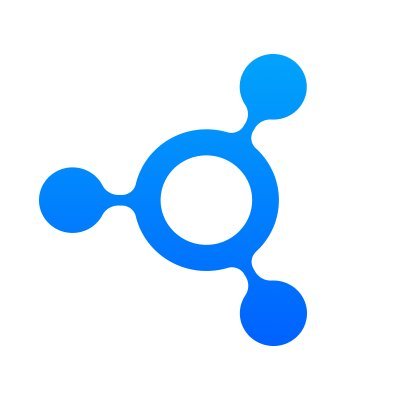
Onboarding Remote employees successfully
As more companies embrace remote work, onboarding new employees in a fully remote company has become a critical process. According to a Gallup poll, only 12% of employees think their companies excel at onboarding new hires.
With no physical office space, it can be even more challenging to make new team members feel part of the company's culture. The first week’s experience is crucial: in a physical office, employees can shadow others and bond with colleagues at lunch. That’s not easily replicable remotely. Investing in a strong remote-first onboarding process is paramount to make new hires feel welcomed, and foster strong engagement and motivation from the start.
Preparation is everything - leave nothing to chance
The onboarding process starts as soon as the employee signs their contract. Using a good tool is key. Every step of the onboarding can and should be well prepared and structured before the employee’s arrival. Your people team can create pre-programmed, detailed lists of tasks that will be sent to everyone involved in the onboarding process (managers, security team, administrators, etc.).
The most important step is of course to make sure that the employee receives their laptop and work material before their first day. It sounds obvious, but many companies fail to do this at scale, as it can be challenging to send work equipment to different countries: on average, it takes one week to send tech equipment to other European countries, and up to three weeks to the rest of the world. Try to prioritise this step in all onboarding flows and plan it as soon as the contract is signed.
Stay in touch with your future employees before their first day
Preboarding is an often underestimated step, but is an essential one to deliver a good onboarding experience to new employees. Demonstrating high quality communications before the start date can work wonders to engage your employees early on, and help make them approach their new job with confidence and excitement.
Here are some easy things you can do before day one:
- Schedule an informal chat with your new employee a week before their first day. This will give you the opportunity to share with them their first two weeks’ schedule and answer any questions that they might have.
- Send them an email a few days before they join your company, linking to general information about the company and engaging them on mission and processes.
- Inform the team they are joining of the scheduled arrival and the newcomers' responsibilities and remit to ensure transparent communication.
There are many benefits to these steps: they help the new employee feel valued by the company, it reduces anxiety for their first day, and it communicates a strong company culture ahead of time.
Special tip: if your company provides a welcome pack, send it as soon as possible to ensure it arrives before their first day. Getting special attention before starting a new job has a real impact on retention and employee well being.
First day, first impressions - dedicate time and care to your new hires
The first day at a new job can be overwhelming for anyone, and impressions formed then can be long lasting. As an employer, it should be an official responsibility to dedicate time and care during that time - and it’s not easy to create a reassuring, positive overarching feeling in a remote environment.
But there are things you can do to help:
- Assign new hires a buddy who will have coffee chats with them during their first weeks. This helps with socialising, understanding the company culture and all the informal rules and customs that are not written down in official documents. It’s also a way to provide a safe space to ask questions they don’t want to ask their manager.
- Set up calendar schedules for onboarding tasks and training sessions. This can help the new employee feel organised, focused and prepared. Make sure that your new employee knows how to contact the people they will be working with, and ensure they know about your company’s overall work culture.
Finally, announcing the new hire's arrival through an official email, in the weekly company standup or your internal chat tool (e.g. Slack) can make them feel welcomed and included in the team from the very beginning.
Continuously follow-up on your new employees’ experiences and expectations
Onboarding doesn’t stop after the first day. Dedicating attention to catching up with new employees regularly and consistently is an essential part of a remote culture. Share onboarding responsibilities between your people department and your team leaders. People managers can be in charge of the tooling and process side of the onboarding, while team leaders can take on the operational side.
For instance:
- Send out a survey to each employee in the first week to measure their confidence, engagement and retention levels. It will give you valuable insights on improvements you can make to your onboarding process.
- On the operational side, set up bi-monthly 1:1 meetings during the first 3-6 months. This will give an opportunity to discuss your new hires' feedback and expectations outside of the rush of day to day work.
Onboarding new employees in a fully remote company requires a clear process, open communications, and a supportive environment. By implementing this, companies can help new employees feel welcome, valued and properly looked after before they join and after they are onboarded, setting them up for success in their role for the long term.


